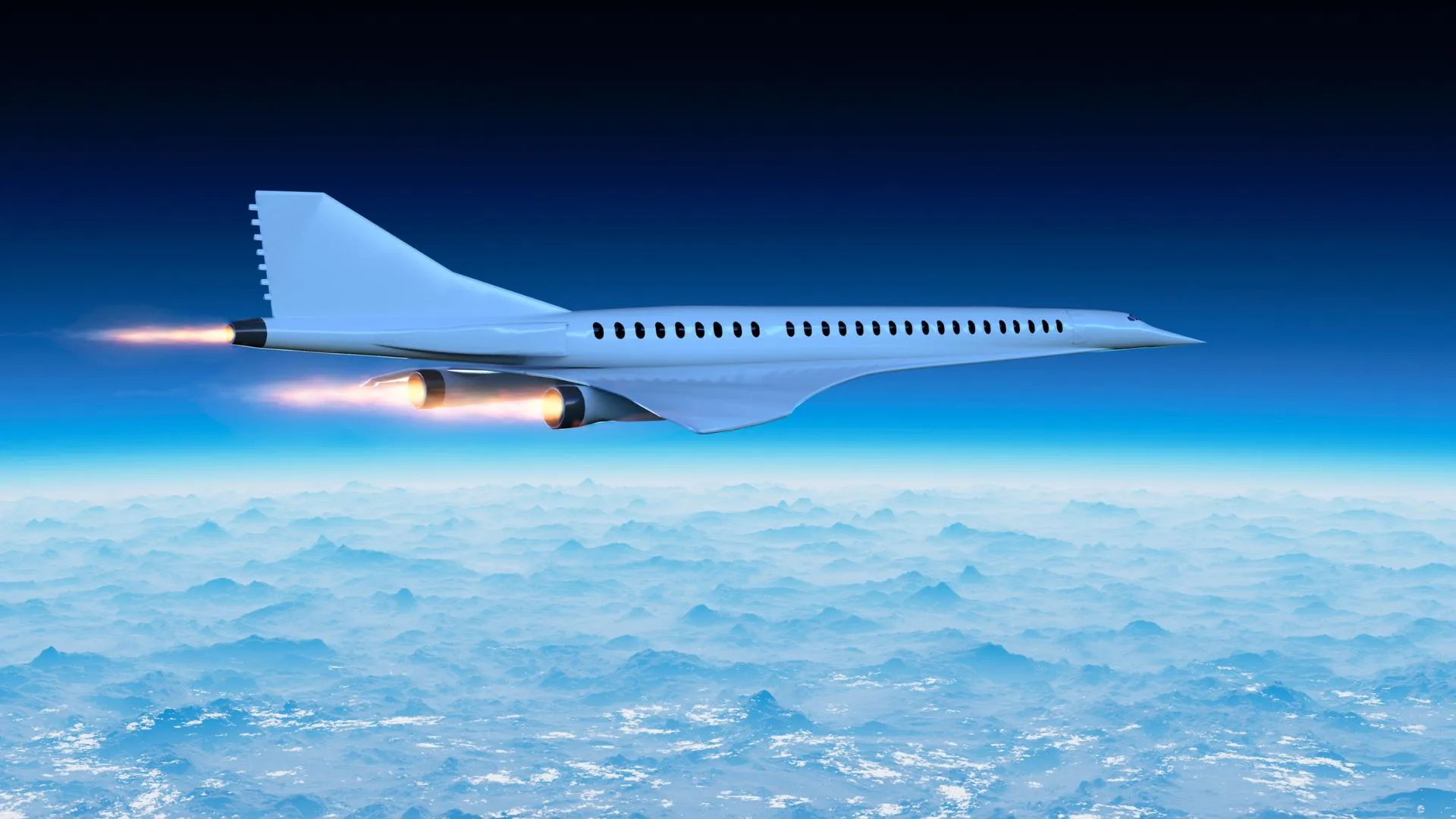Copyright Interesting Engineering

The once-fictional goal of reducing hours-long journeys to just one is now a major step closer. Professor Nicholaus Parziale and team at the Stevens Institute of Technology in the US have offered experimental proof for a long-standing hypothesis that could simplify the design of hypersonic aircraft. Hypersonic flight is defined as speeds five times the speed of sound (Mach 5) or greater. And it’s a big deal for global travel. For instance, a lengthy journey such as the Sydney to Los Angeles route could be cut from 15 hours down to just one. “It really shrinks the planet. It will make travel faster, easier, and more enjoyable,” said Parziale. Air flow at high speeds To achieve a commute like Los Angeles to Sydney in one hour, aircraft would need to reach Mach 10 (about 7,000 mph). Current military planes can fly at speeds of up to Mach 2 or Mach 3. A major hurdle lies in understanding how air behaves at these ultra-high speeds. At conventional aircraft speeds, air density remains relatively constant, a phenomenon known as incompressible flow. But above the speed of sound, air becomes compressible, where its density changes significantly with pressure and temperature. This alters how an aircraft interacts with the air, impacting factors such as lift, drag, and thrust. “That’s because a gas can ‘squish,’ or compress,” Parziale explained, detailing how this compressibility complicates plane design. Aerospace engineers have long struggled to understand turbulence at these extreme Mach numbers fully. A key theoretical anchor has been Morkovin’s hypothesis, formulated in the mid-20th century. This hypothesis posits that the basic “choppy” turbulent motion remains consistent between low speeds and high speeds (Mach 5 or 6), despite changes in air density and temperature in faster flows. “If the hypothesis is correct, it means that we don’t need a whole new way to understand turbulence at these higher speeds. We can use the same concepts we use for the slower flows,” said Parziale. Experimental proof Until now, experimental evidence to confirm Morkovin’s hypothesis remained elusive. Parziale’s new study aimed to fill this gap. His team utilized a custom-built setup, which took nearly 11 years to construct, to observe airflow at Mach 6. To experimentally observe turbulence at high speeds, the researchers injected krypton gas into the wind tunnel’s airflow and used lasers to ionize it. This created a temporary, glowing, and initially straight line of krypton atoms. Ultra-high-resolution cameras were used to capture images of how this fluorescent line moved, bent, and twisted through the air. The visualization technique enabled the study of the fine structure of the flow’s turbulence. “As that line moves with the gas, you can see crinkles and structure in the flow, and from that, we can learn a lot about turbulence. And what we found was that at Mach 6, the turbulence behavior is pretty close to the incompressible flow,” noted Parziale. Currently, this hypothesis has not been fully validated across all operating conditions. Nevertheless, it suggests that future hypersonic planes may not require different designs, which could simplify the complex engineering process. A simplified design for hypersonic aircraft could also benefit space travel, the team says. It could be used to fly into space, rather than relying solely on rocket launches. This innovation would make travel to and from low Earth orbit (LEO) much easier, becoming a “game-changer” for both global and orbital transport The findings were published in the journal Nature Communications on November 12.



